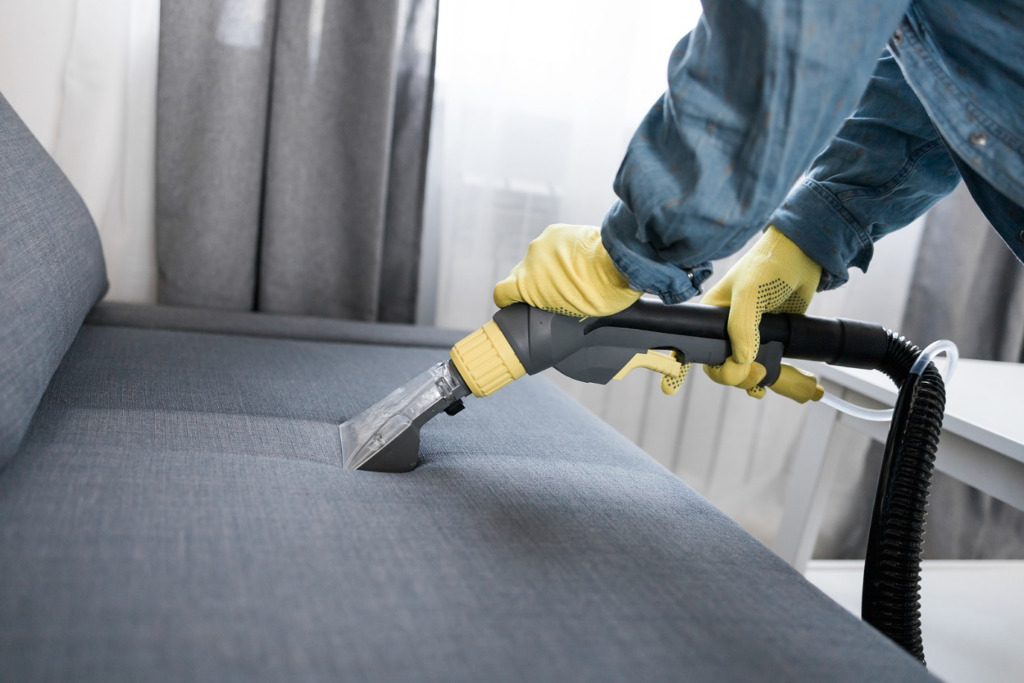Basements are often the most vulnerable part of any home when it comes to moisture intrusion. Whether it’s due to heavy rain, melting snow, or poor drainage, water can easily find its way into your basement, leading to structural damage, mold growth, and costly repairs.
Knowing the early warning signs can help homeowners take action before a small issue becomes a big problem. Here are the top signs your basement may need waterproofing.
1. Musty Odors or Damp Smells
A persistent musty smell is one of the first indicators that moisture is present in your basement. Even if you don’t see water, damp air caused by high humidity or hidden leaks can create the perfect environment for mold and mildew. Waterproofing solutions help eliminate the source of this moisture and improve indoor air quality.
2. Visible Water Stains or Efflorescence
Water stains on the walls or floors are clear signs that moisture has entered your basement. You might also notice a white, chalky substance on the surface of your walls—this is known as efflorescence, caused by water evaporating and leaving behind mineral deposits. Both are red flags that water is making its way through your foundation.
3. Cracks in Basement Walls or Floors
While small hairline cracks may be common as a house settles, larger or widening cracks can be an entry point for water. These cracks often develop due to hydrostatic pressure, when groundwater pushes against your foundation. Sealing them early and installing a waterproofing system can prevent serious structural issues.
4. Mold or Mildew Growth
Mold thrives in dark, damp environments, making your basement an ideal breeding ground if moisture is present. Not only is mold unsightly and odorous, but it also poses health risks, especially for individuals with allergies or respiratory conditions. Basement waterproofing removes the conditions that mold needs to grow.
5. Standing Water or Puddles After Rain
If you notice water pooling in your basement after heavy rain, it’s a definite sign of inadequate drainage or foundation leaks. Standing water not only damages belongings and flooring but also increases the risk of long-term foundation damage. Waterproofing can resolve this by redirecting water away from the home.
6. High Humidity and Condensation
Is your basement constantly humid, or do you see condensation forming on pipes and windows? This excess moisture can come from groundwater seepage or poor ventilation. Professional waterproofing, paired with proper ventilation and dehumidification, can keep your basement dry and usable.
7. Deteriorating Paint or Wallpaper
Blistering paint, peeling wallpaper, or bubbling wall surfaces are often caused by moisture seeping through basement walls. If you’ve tried repainting or reapplying wallpaper only to see it degrade again, waterproofing may be necessary to stop the moisture at its source.
Take Action Before It’s Too Late
Ignoring signs of water intrusion can lead to costly repairs, health risks, and decreased home value. That’s why so many local homeowners turn to basement waterproofing in Lancaster, PA to protect their property. A professional inspection can help determine the best solution—whether it’s interior drainage, sump pump installation, or exterior sealing.
Conclusion
If you’ve noticed any of the signs above, now is the time to act. Waterproofing your basement isn’t just about fixing a current problem—it’s about preventing future ones. With the right approach, you can keep your basement dry, healthy, and worry-free year-round.



